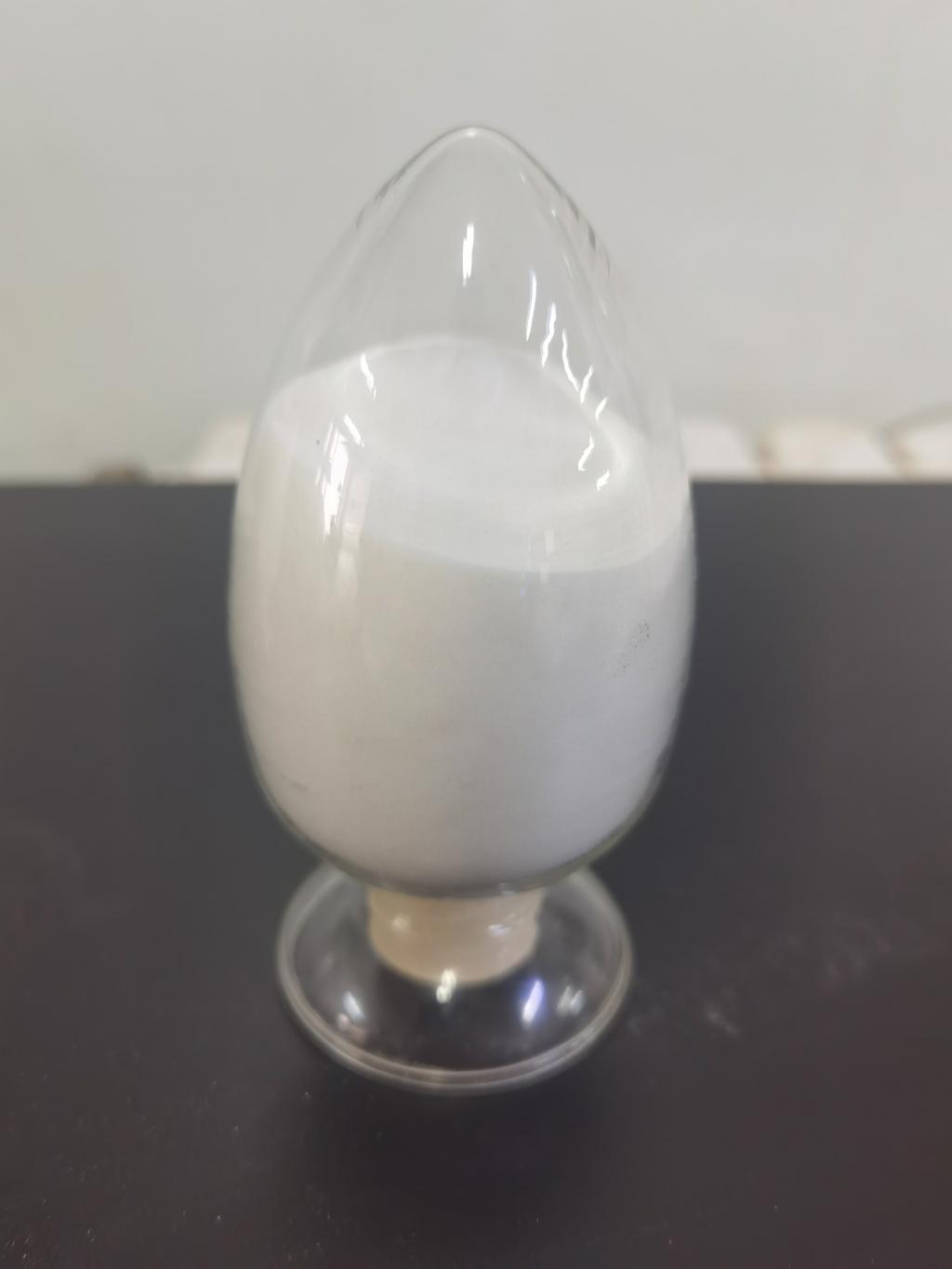Tel:+8618231198596

News
 CONTACT
CONTACT
 CONTACT
CONTACT
- Linkman:Linda Yao
- Tel: +8618231198596
- Email:linda.yao@dcpharma.cn
- Linkman:CHARLES.WANG
- Department:Overseas
- Tel: 0086 0311-85537378 0086 0311-85539701
News
Current Position:
Home >
News
>ε-Polylysine Hydrochloride's Contribution to Sustainable Water Treatment Solutions
ε-Polylysine Hydrochloride's Contribution to Sustainable Water Treatment Solutions
TIME:2024-02-19
I. Water Scarcity and the Importance of Sustainable Water Treatment:
Access to clean and safe water is a fundamental human right, yet a significant portion of the global population lacks access to adequate water resources. Furthermore, pollution from industrial, agricultural, and domestic sources poses a threat to the quality of available water. Sustainable water treatment solutions are essential for addressing these challenges and ensuring the availability of safe water for all.
II. ε-Polylysine Hydrochloride: A Natural Antimicrobial Polymer
A. Source and Structure:
ε-Polylysine hydrochloride is derived from the fermentation of Streptomyces albulus, a naturally occurring bacterium. Its structure, characterized by multiple lysine units linked by peptide bonds, imparts potent antimicrobial properties. Being naturally derived, ε-Polylysine hydrochloride aligns with the principles of green chemistry and sustainable bioprocessing.
B. Mechanism of Antimicrobial Action:
The antimicrobial action of ε-Polylysine hydrochloride is rooted in its ability to disrupt the cell membranes of microorganisms. This mechanism makes it effective against a broad spectrum of bacteria, yeasts, and molds. Its specificity for microbial cells without harming human or animal cells enhances its suitability for various water treatment applications.
III. Applications of ε-Polylysine Hydrochloride in Water Treatment:
A. Disinfection of Water Sources:
Traditional water disinfection methods often involve the use of chemical agents that may have environmental and health concerns. ε-Polylysine hydrochloride can be applied as a natural alternative for disinfecting water sources. Its ability to inhibit microbial growth can help prevent the spread of waterborne diseases, contributing to improved public health.
B. Biofilm Prevention:
Biofilms, composed of microbial communities adhering to surfaces, pose challenges in water treatment systems. They can lead to clogging, corrosion, and reduced treatment efficiency. ε-Polylysine hydrochloride's antimicrobial properties make it effective in preventing the formation of biofilms, ensuring the optimal performance of water treatment infrastructure.
C. Wastewater Treatment:
The treatment of wastewater is a critical aspect of sustainable water management. ε-Polylysine hydrochloride can be incorporated into wastewater treatment processes to control microbial contamination and enhance the removal of pollutants. Its natural origin and biodegradability contribute to the overall sustainability of wastewater treatment systems.
IV. Biodegradability and Environmental Impact:
A. Natural Origin and Green Chemistry:
ε-Polylysine hydrochloride's natural origin positions it as a green alternative in water treatment. The compound is produced through fermentation, a process that utilizes renewable resources and minimizes environmental impact. This aligns with the principles of green chemistry, promoting environmentally friendly solutions for water treatment.
B. Biodegradation Pathways:
One of the key advantages of ε-Polylysine hydrochloride is its biodegradability. It undergoes natural degradation processes in the environment, breaking down into harmless byproducts. This feature ensures that ε-Polylysine hydrochloride does not persist in water systems, mitigating concerns related to long-term environmental impact.
V. Challenges and Considerations:
While ε-Polylysine hydrochloride offers promising contributions to sustainable water treatment, challenges and considerations must be addressed. Optimizing dosages, ensuring compatibility with existing treatment processes, and conducting comprehensive environmental impact assessments are crucial steps in integrating ε-Polylysine hydrochloride into water treatment practices.
VI. Future Directions and Innovation:
The future of sustainable water treatment solutions lies in continued innovation and the exploration of new technologies. Research efforts should focus on optimizing the use of ε-Polylysine hydrochloride, developing efficient delivery systems, and exploring synergies with other sustainable water treatment approaches. Collaboration between researchers, water treatment professionals, and policymakers is essential to drive advancements in the field.
VII. Conclusion:
ε-Polylysine hydrochloride's contribution to sustainable water treatment solutions marks a significant step towards addressing global water challenges. Its natural antimicrobial properties, biodegradability, and compatibility with green chemistry principles position it as an eco-friendly alternative for disinfection, biofilm prevention, and wastewater treatment. As water scarcity and pollution continue to threaten our ecosystems, ε-Polylysine hydrochloride stands out as a valuable tool in the pursuit of sustainable and safe water for communities worldwide. Continued research and implementation of this natural antimicrobial polymer hold the promise of a cleaner, healthier, and more sustainable water future.
- Tel:+8618231198596
- Whatsapp:18231198596
- Chat With Skype







